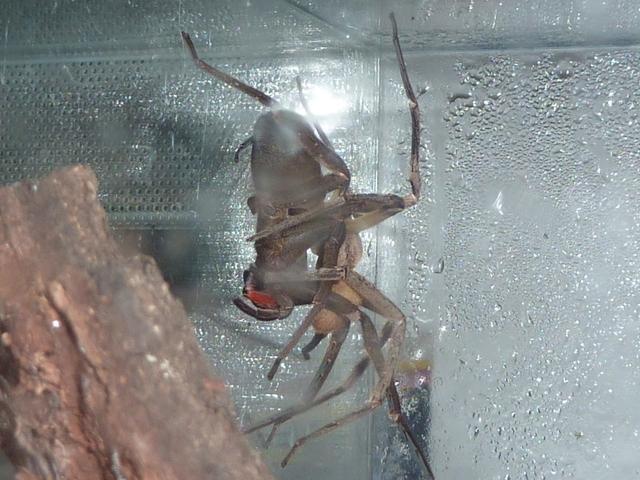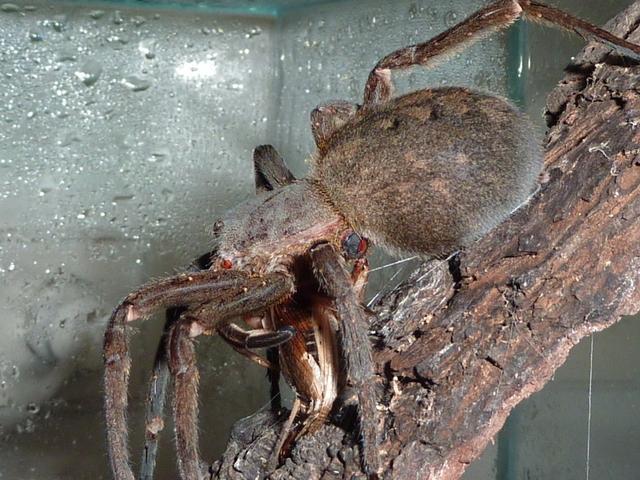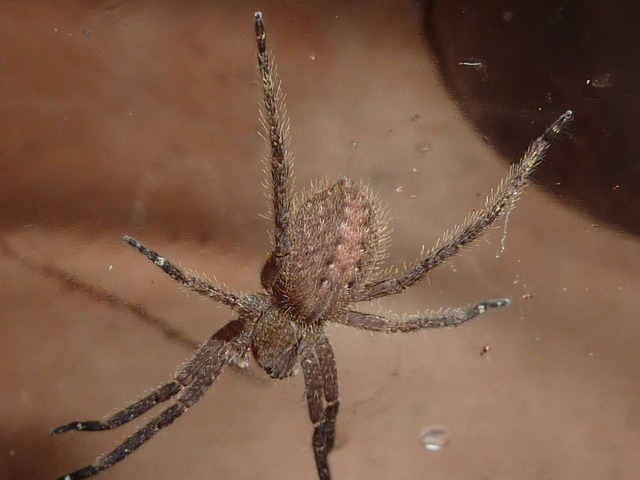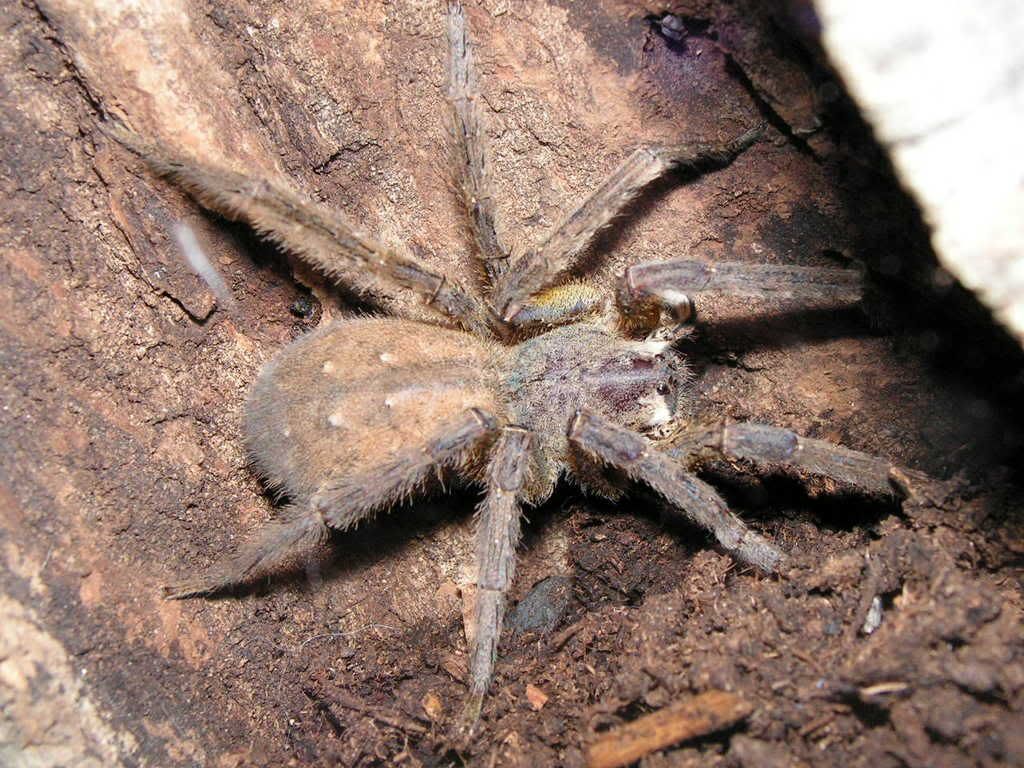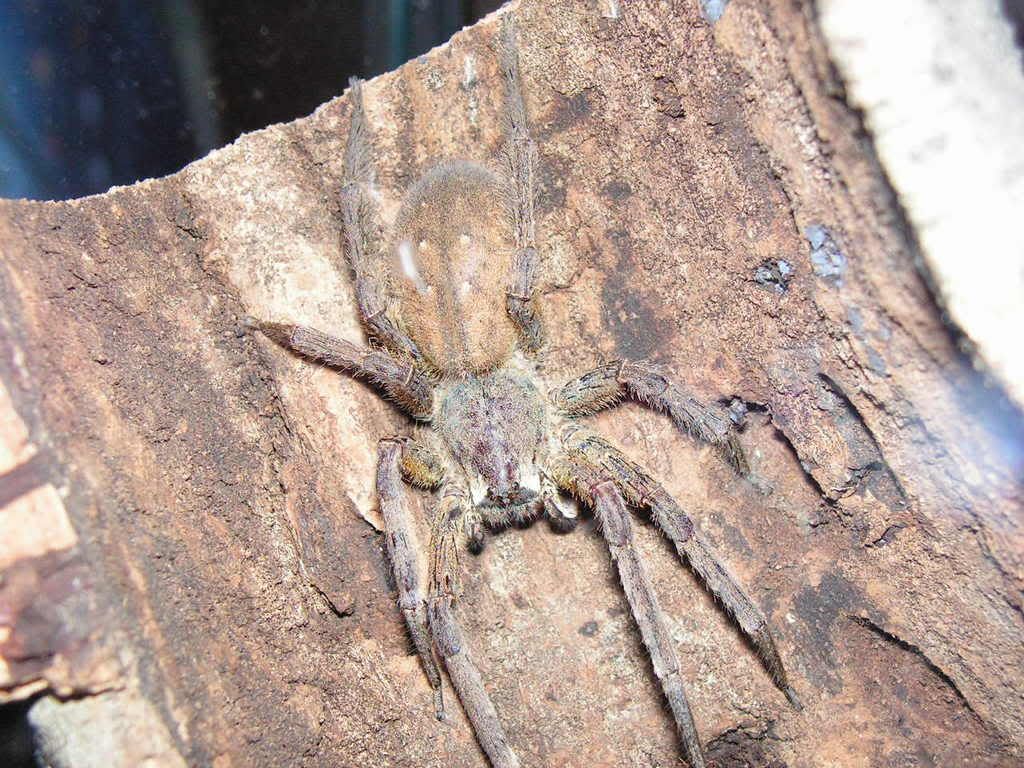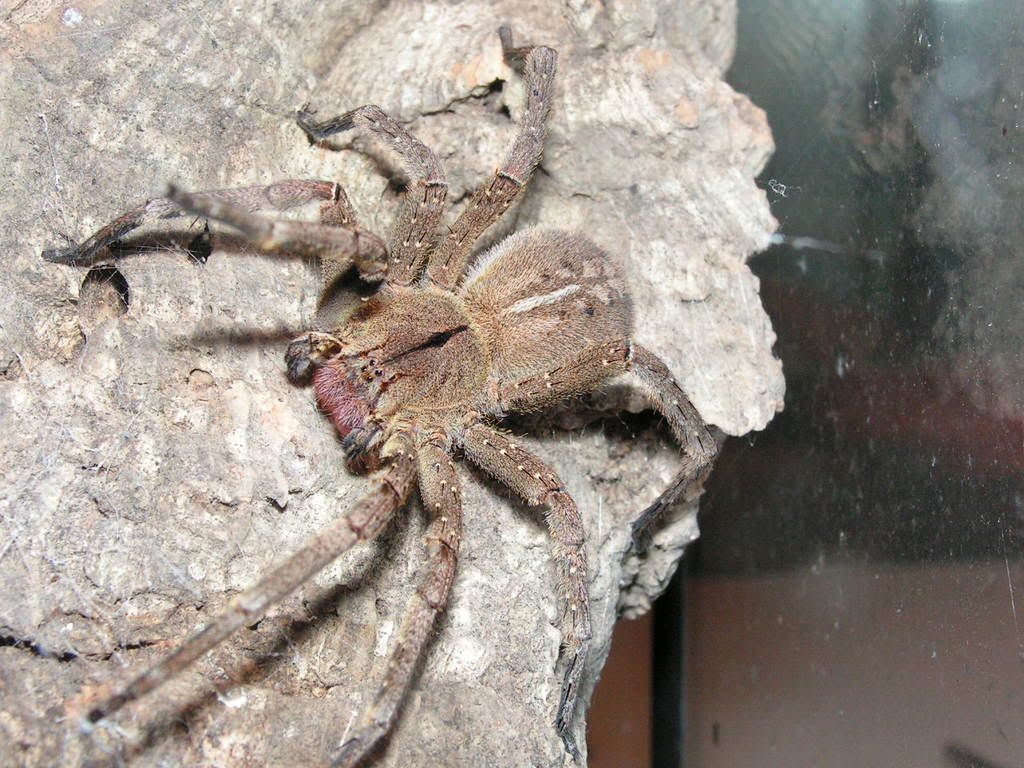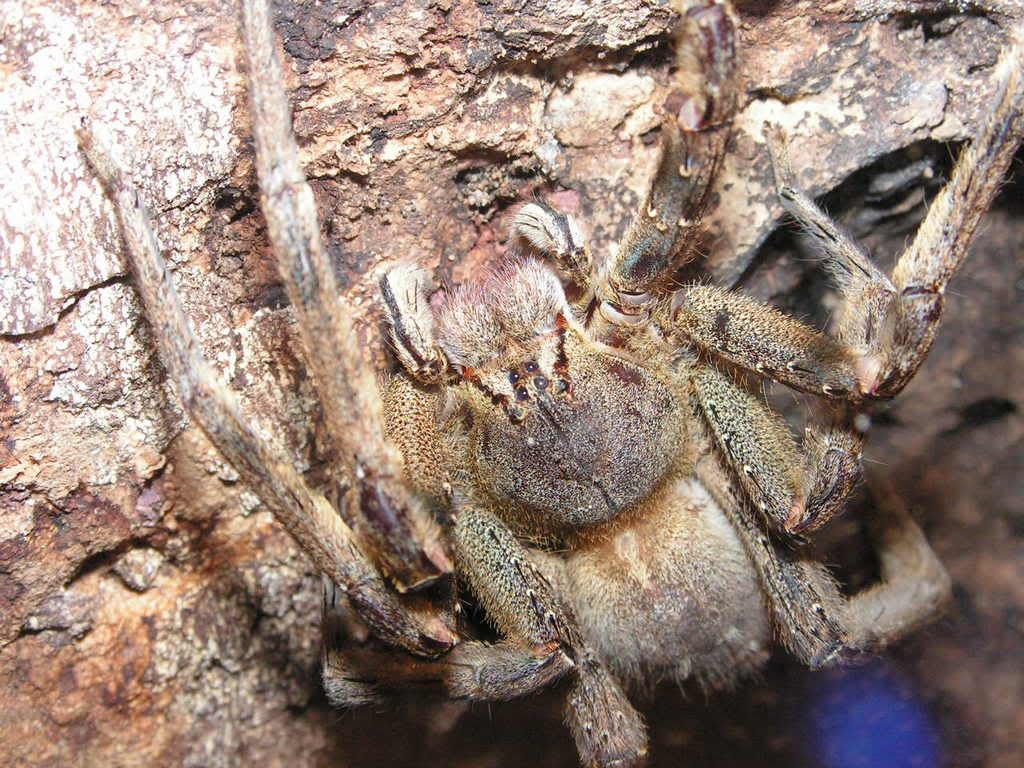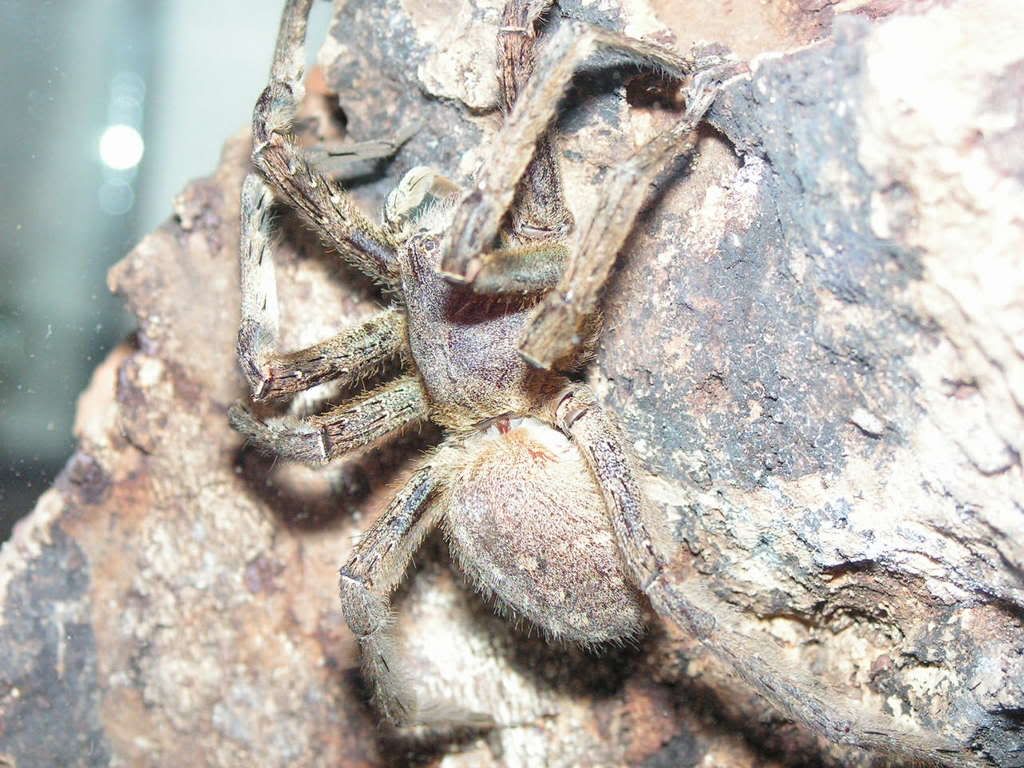tarantulasperu
Arachnopeon
- Joined
- Jul 22, 2008
- Messages
- 46
this spider is no joke, experienced only
hello jusy wanted to comment on something don't want to be rude or anything but you seriously don't want to get bitten by a wandering spider whatever the species because for the guys it can have some really bad effect and i mean bad. if you get bitten you will not only land yourself in the hospital but your manhood will be at stake with a 70% chance of losing it"cant go into detail here" and aswell you may die. so to me its not worth the risk but if you really want to keep them be very carefull!
hello jusy wanted to comment on something don't want to be rude or anything but you seriously don't want to get bitten by a wandering spider whatever the species because for the guys it can have some really bad effect and i mean bad. if you get bitten you will not only land yourself in the hospital but your manhood will be at stake with a 70% chance of losing it"cant go into detail here" and aswell you may die. so to me its not worth the risk but if you really want to keep them be very carefull!

